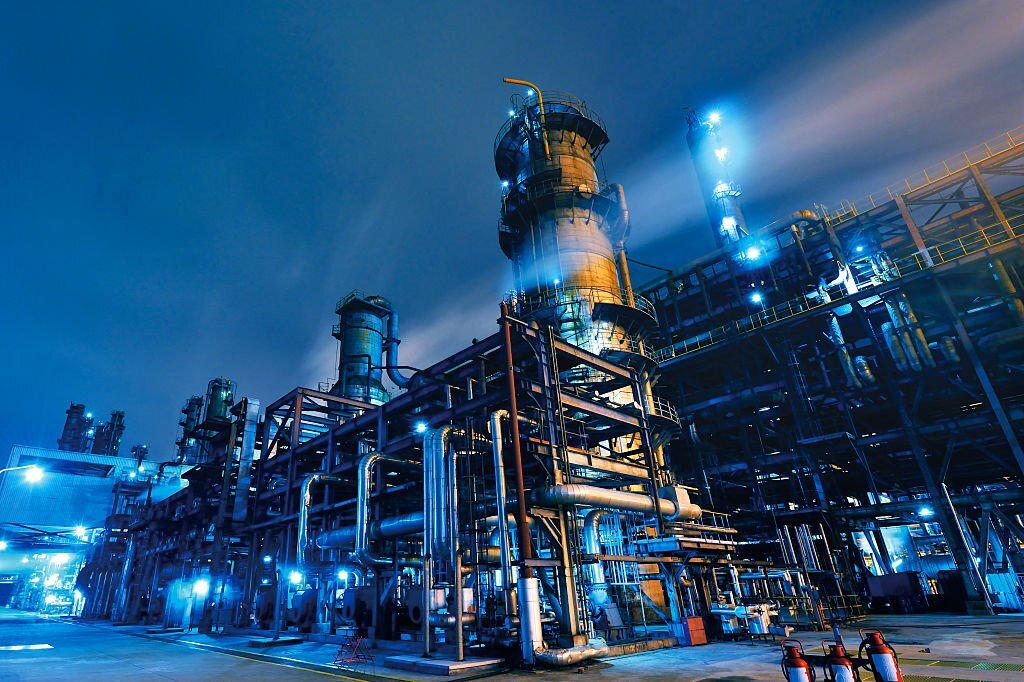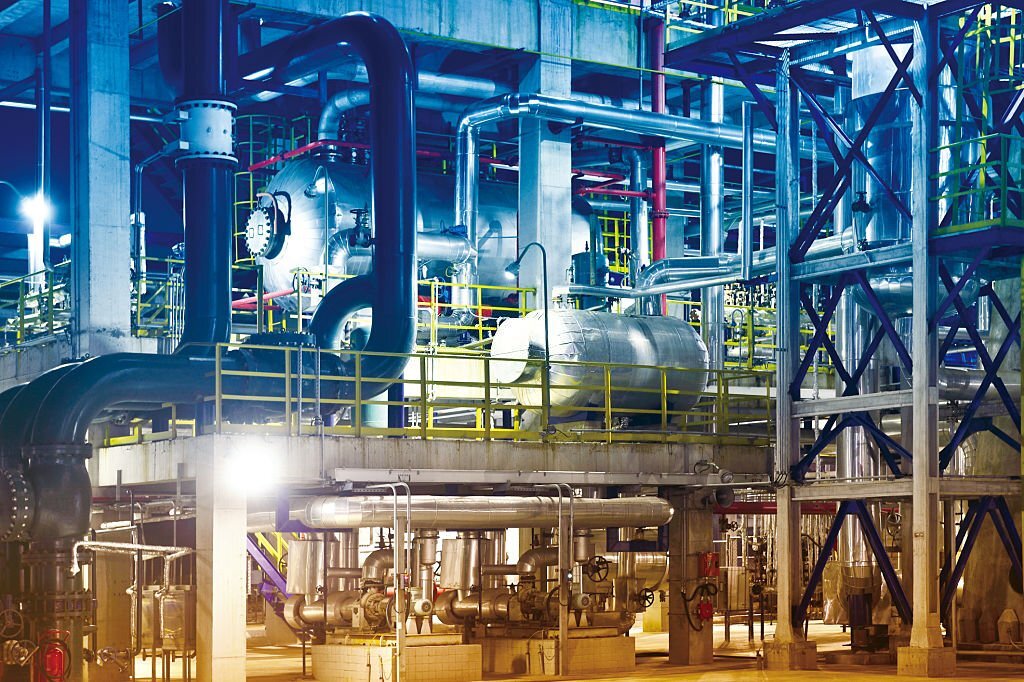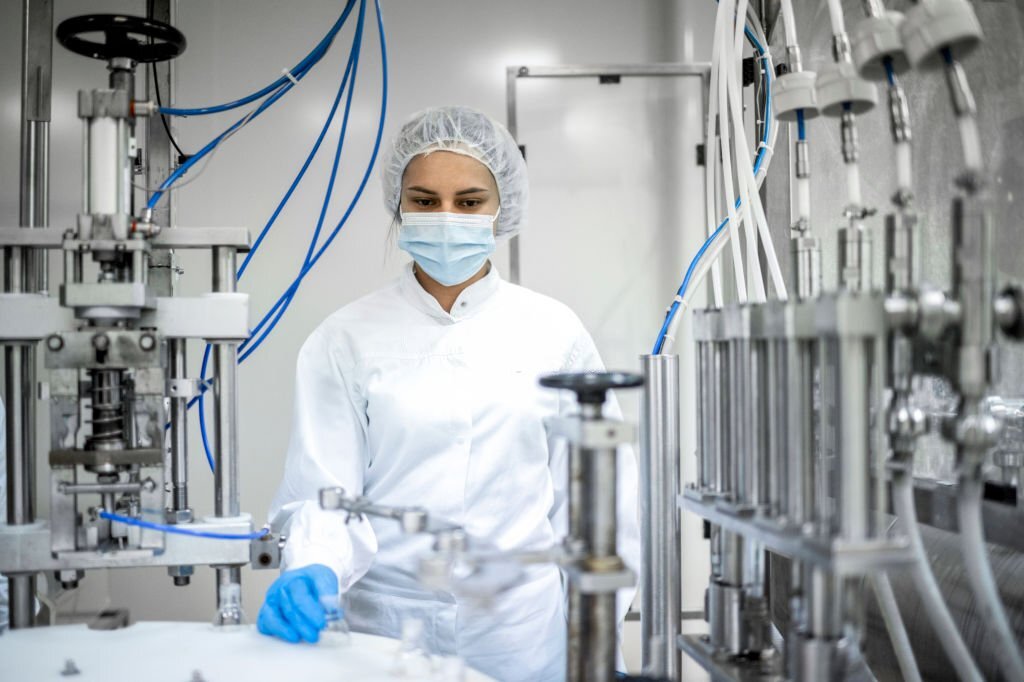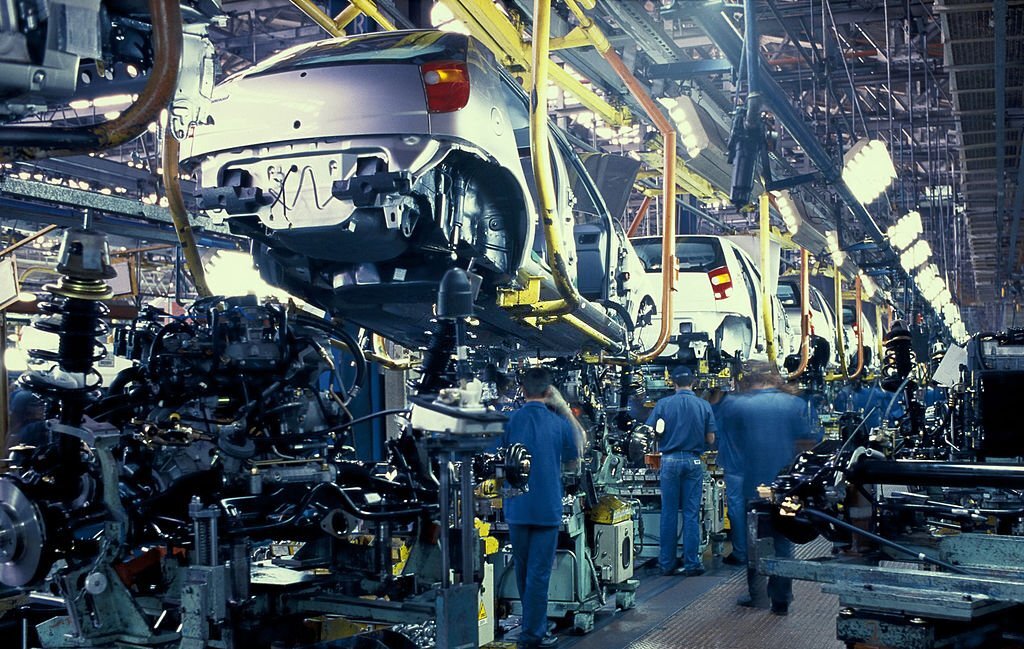
Microwave Plasma Technology
Microwave plasma technology refers to a method of creating and controlling plasma using microwave energy. Plasma is considered the fourth state of matter and is formed when a gas is heated to extremely high temperatures, causing the atoms to ionize and become electrically charged.
Microwave plasma technology refers to a method of creating and controlling plasma using microwave energy. When a gas is heated to extremely high temperatures, the atoms ionize and become electrically charged, forming plasma, which is thought to be the fourth state of matter.
Conventional plasma systems, like those seen in plasma TVs and fluorescent lights, produce plasma by radio frequency (RF) radiation or direct electrical discharge. In contrast, microwave plasma technology generates and maintains the plasma using microwaves.A very energetic state of matter called plasma may be created and controlled using microwave energy thanks to microwave plasma technology. With the help of this cutting-edge technology, gases are ionized by microwaves to produce a plasma that may reach temperatures that frequently approach 1000 degrees Celsius. In order to ionize the gas molecules and generate the plasma state, the microwave radiation couples with them in an efficient manner. Microwave plasma provides clear benefits in terms of scalability, homogeneity, and energy efficiency when compared to traditional techniques like radio frequency or direct current.Applications for this technology can be found in many different domains, such as chemical synthesis, surface treatment, materials research, and environmental cleanup. Because of its adaptability and capacity to accurately manage plasma properties, it holds great promise for furthering industrial and scientific processes and opening up new avenues for inventions and unique applications across a wide range of industries. Fundamentally, the way that Microwave Air Jet Plasma works is that it creates a high-energy plasma discharge by directing a regulated air flow into a high-frequency microwave field.A microwave generator, a waveguide, and a plasma chamber make up the fundamental components of a microwave plasma system. High-power microwaves, usually at 2.45 GHz, are produced by the microwave generator and directed through a waveguide into the plasma chamber. The gas molecules in the chamber are excited by the microwaves, which causes them to collide and ionize, creating a plasma.Compared to other techniques for producing plasma, microwave plasma technology has a number of advantages. Firstly, the deep plasma penetration of microwaves enables homogeneous heating and effective energy transmission. This property is very helpful for applications including surface treatment, material processing, and plasma-enhanced chemical vapor deposition (PECVD).Moreover, vacuum chambers and related equipment are not necessary when using microwave plasma systems since they may function at atmospheric pressure. They become easier to integrate into different industrial processes and become more adaptable as a result. Better control over plasma chemistry and reaction kinetics is also made possible by the capacity to operate at greater pressures.Applications for microwave plasma technology can be found in a number of industries, such as environmental remediation, waste management, surface modification, semiconductor fabrication, and nanotechnology. Plasma-enhanced atomic layer deposition (PEALD), thin film deposition, plasma etching, and plasma-assisted combustion are among the procedures for which it is used.Features of Microwave Plasma Technology
- Efficient Energy Transfer
- Atmospheric Pressure Operation
- Precise Control
- Versatility
- Scalability
- Reduced Contamination
- Safety
Application of Microwave Plasma Technology
- Material Processing and Surface Modification
- Thin Film Deposition
- Semiconductor Manufacturing
- Waste Treatment and Environmental Remediation
- Plasma-Assisted Combustion
- Medical Applications
- Food Processing
Advantages of Microwave Plasma Technology
- High Energy Efficiency
- Precise Control
- Scalability
- Reduced Environmental Impact
- Rapid Processing
- Uniform Treatment
- Selective Chemistry
Product Catalogue
2023-2024
Click to download our latest catalogue and see the products and configuration
Browse by Category
- Industrial Dryer
- Industrial Ovens
- Rotary Dryers
- Cold Plasma for Sterilization
- Microwave Heating systems
- Agitated Thin Film Dryer (ATFD)
- Dehydrator
- Biochar Processing Line
- Coating Lines
- Processing / Production Line
- Heating and Cooling Systems
- Process Equipment
- Drum Heating Ovens
- Ethanol Recovery Plant
- Sludge Drying Systems Or Sludge Dryers
- Sulphur Melting And Granule Plant
- Wet Laid Paper Plant / Machines
- Pulp Packaging Dryer
- Potato Powder Production Plant
- Hot Air Dryer
- Lube Oil Blending Drum Ovens
- Infrared Piston Rod Heating Systems
- PTFE Powder Drying Line
- Hot Melt Adhesive Mixing Plant
- Infrared Heating Equipments
- Basics Of Radio Frequency Heating
- Soap Stock Drying Systems
- Infrared Paper Coating Dryers
- Plastic Annealing Ovens
- Electric Oven For HT/LT Motors
- Fuel Fired Heating System
- Umbrella Infrared Dryers
- Industrial Heating Equipments
- Industrial Heaters
- Infrared Heating System
- Gas Infrared Burner (MFB IR Burner)
- Lab Equipments
- Infrared Heaters
- Infrared Surface Heating System
- PLC & Automation Panel
- INDUSTRIAL DRYERS
- Rotary Dryers
- Tower Dryers
- Tray Dryers
- Fish Dryer
- Spiral Conveyor Dryers
- Microwave Spices Dryer
- Food Dryers
- Grain Dryers
- Freeze Dryers
- Coir Pith Dryers
- Conveyorised Organic Waste Dryers
- ROTARY DRYER
- Biomass Dryer
- Coal Palm Slag Rotary Dryer
- Coal Rotary Dryer
- Coal Slime Rotary Dryers
- Coal Steam Type Rotary Dryer
- Coconut Coir Dryer
- Cow Dung Rotary Dryer
- Elephant Grass Dryer
- Mineral Slag Rotary Drum Dryer
- Organic Fertilizer Plant
- Paddle Rotary Dryer
- Paddle Stirring Drum Rotary Dryer
- Poultry Manure Rotary Dryer
- Rotary Drum Sawdust Dryer
- Sand Rotary Dryer
- Three Channel Drum Rotary Dryer
















